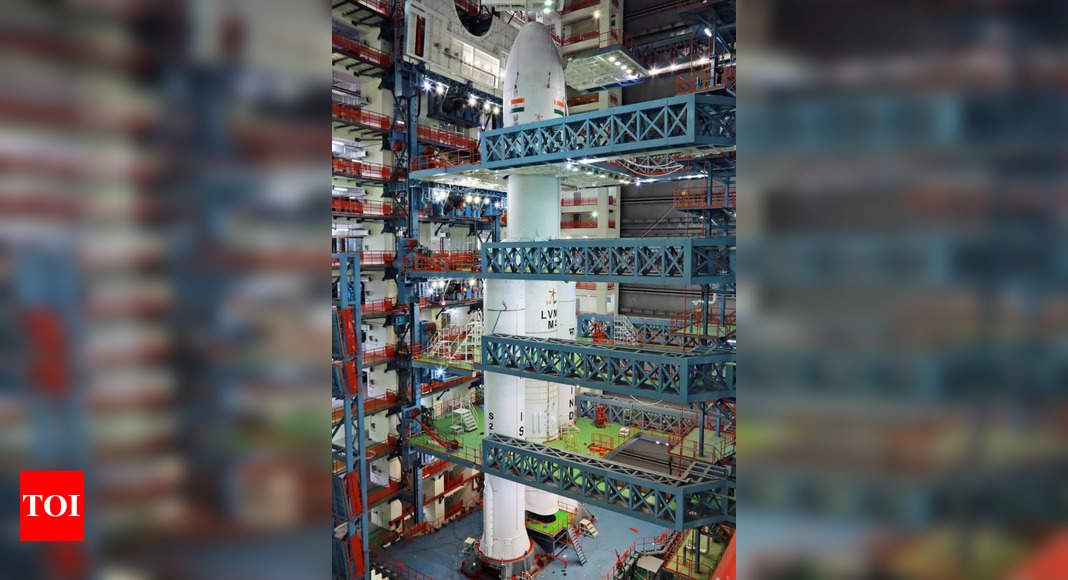In a major milestone, the Indian Space Research Organisation (ISRO) has announced the successful integration of the Chandrayaan-3 spacecraft with the Geosynchronous Satellite Launch Vehicle-Mk3 (GSLV-Mk3) or LVM3. This integration marks a significant step towards India’s third lunar mission, which is scheduled for a mid-July launch window. The mission aims to make a second attempt at a soft landing on the Moon after the failed landing attempt of Chandrayaan-2 in September 2019.
The Chandrayaan-3 mission will consist of a lander named Vikram and a rover named Pragna, but it will not carry an orbiter. Instead, a propulsion module has been included. The lander has undergone several changes to overcome the shortcomings of its predecessor. The legs of Vikram have been strengthened to withstand landing at greater velocities, increasing the landing velocity tolerance from 2m/s to 3m/s.
Additional fuel has also been added to the lander to handle disruptions and provide more cushion for the mission. The spacecraft is equipped with a new sensor called the laser Doppler velocity metre, which will assist in observing the lunar terrain. This sensor will provide the components of three velocity vectors, adding redundancy in measurement and enhancing the accuracy of data.
Various software improvements have been made to increase tolerance to failures such as engine disruptions, thrust disruptions, and sensor failures. The central or fifth engine, added last minute during Chandrayaan-2, has been removed. This change was necessary due to the increased mass of the lander. The space agency has also extended the solar panels to generate power even if Vikram lands in a different orientation and is not facing the Sun.
ISRO Chairman, S Somanath, confirmed that extensive testing has been conducted over the past two years, including autonomous flights, helicopter flights, crane-mode landing simulation tests, drop tests, and software simulation testbeds to evaluate potential failures and recovery options. The preparations for Chandrayaan-3 have mostly focused on testing to ensure the success of the mission.
The launch of Chandrayaan-3 is expected to take place between July 12 and 19. It will take approximately 45 days for the spacecraft to reach the Moon and land at the desired location. ISRO has carefully chosen the landing date to maximize the working duration on the lunar surface. With the improved lander and extensive testing, the mission holds great promise for India’s continued exploration of the Moon and advancements in space technology.











